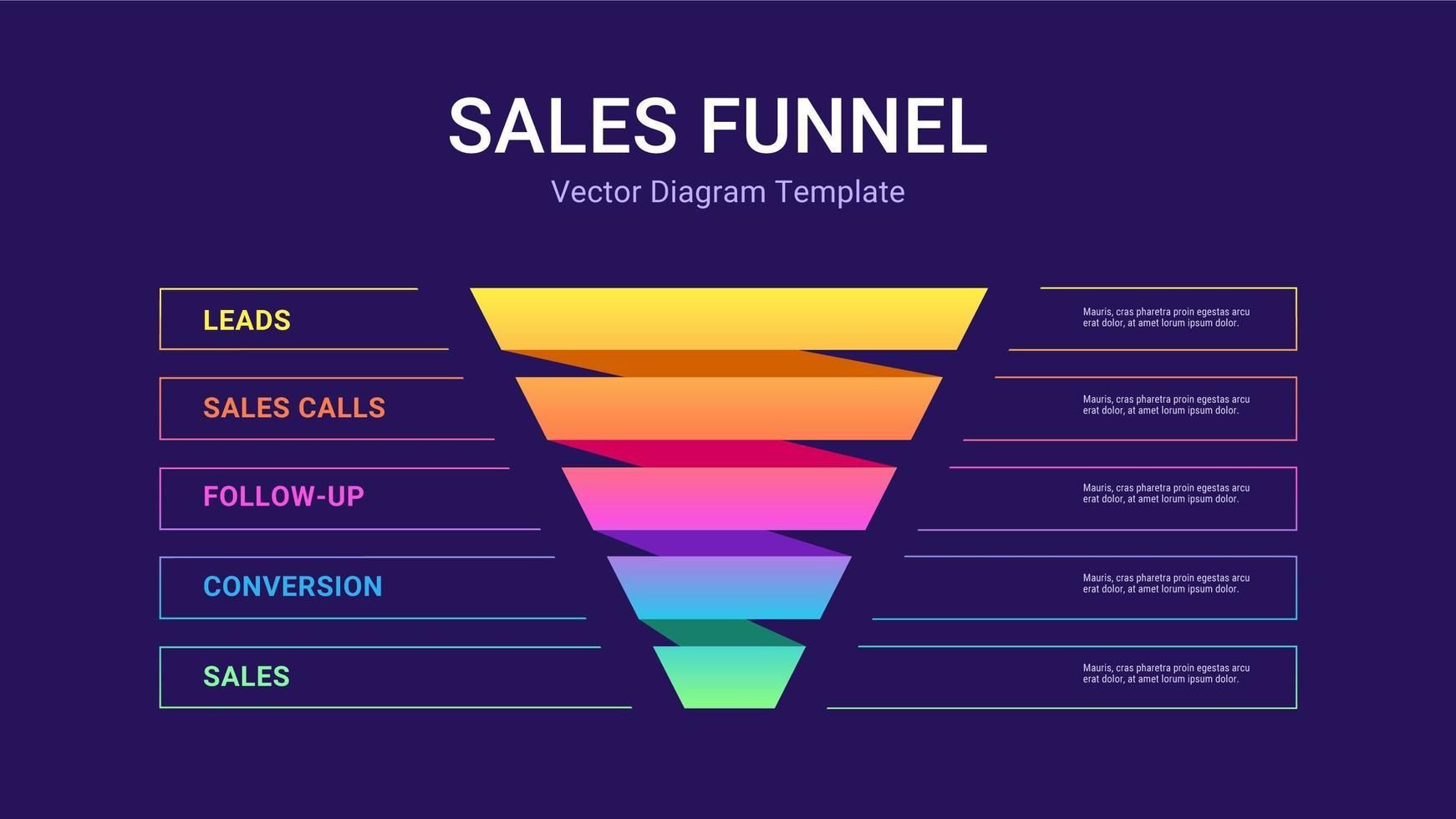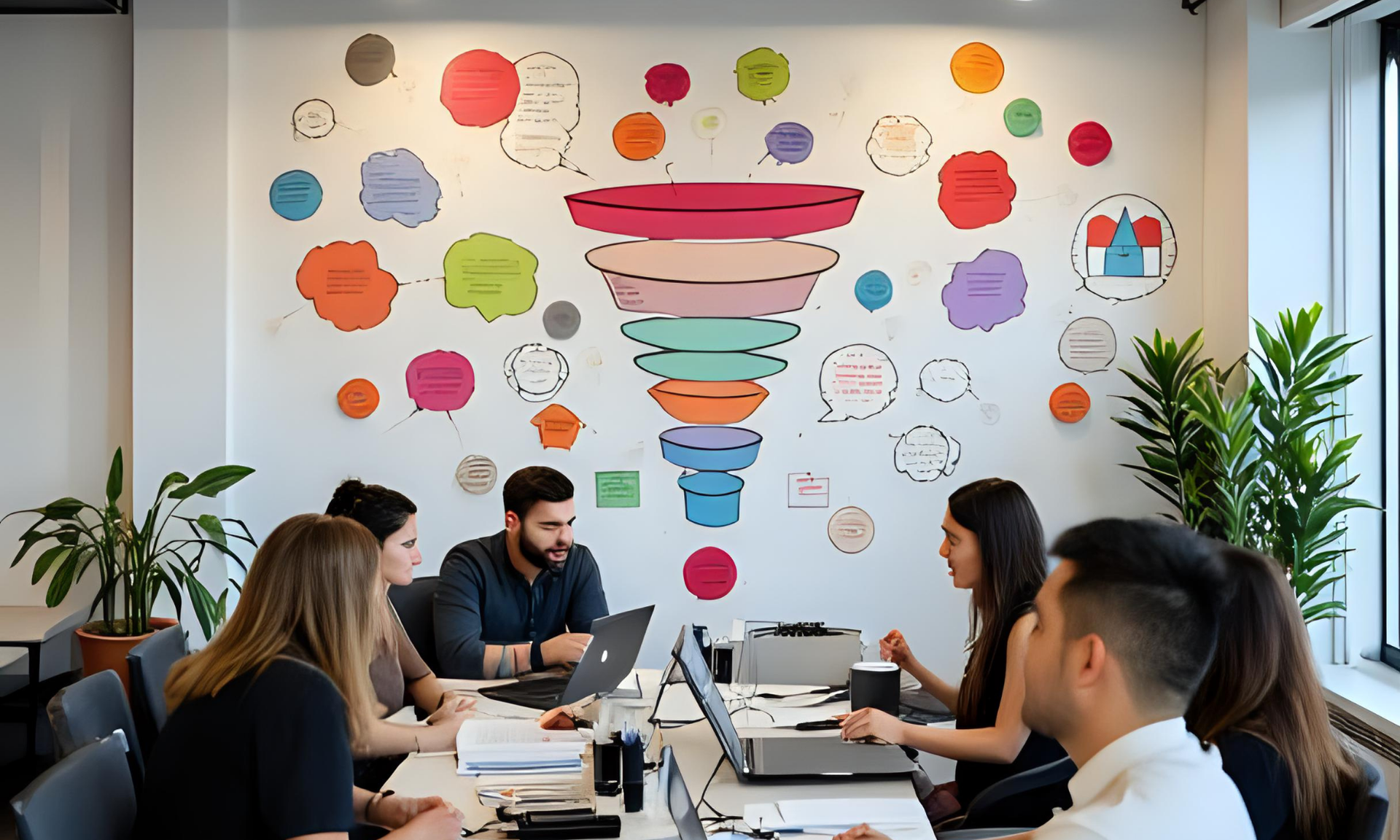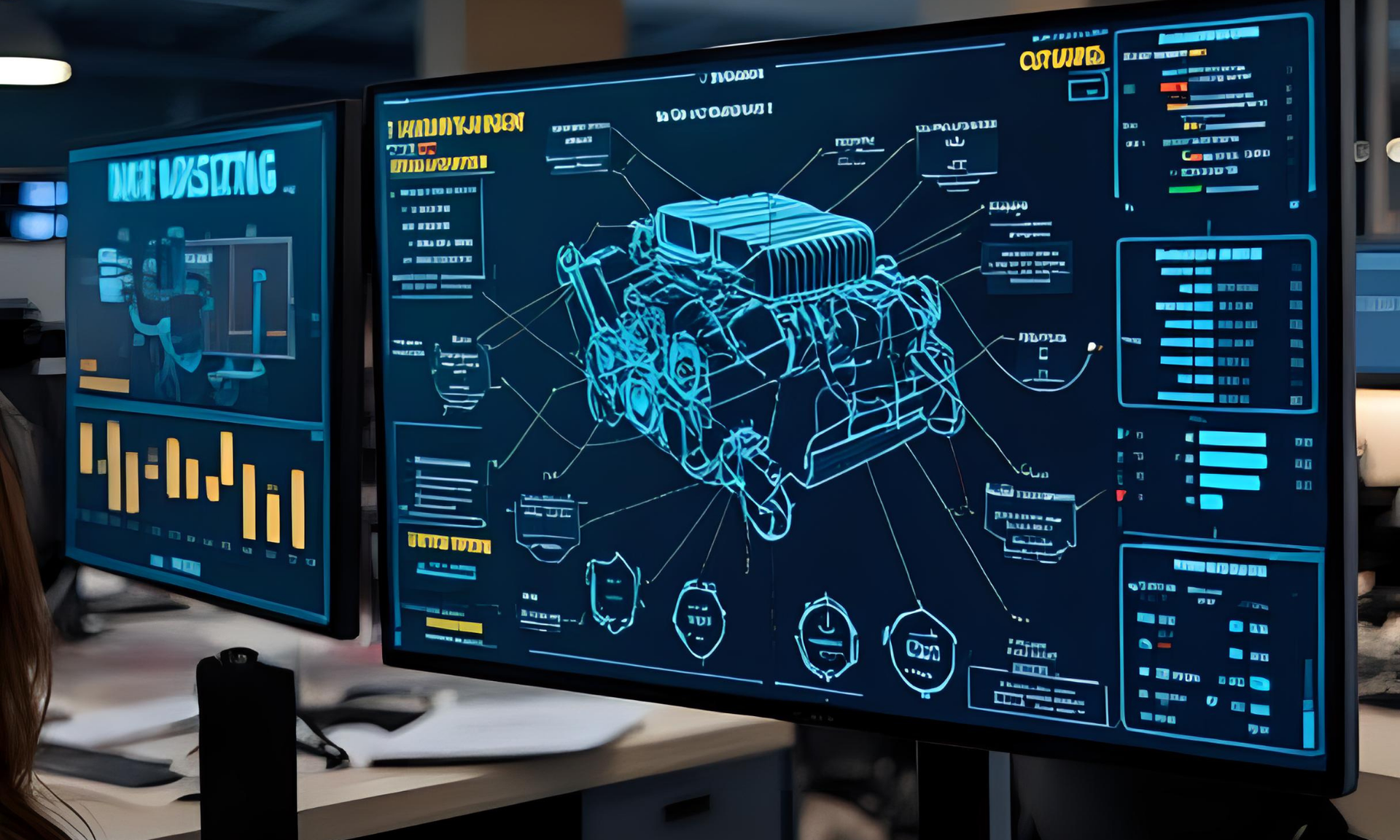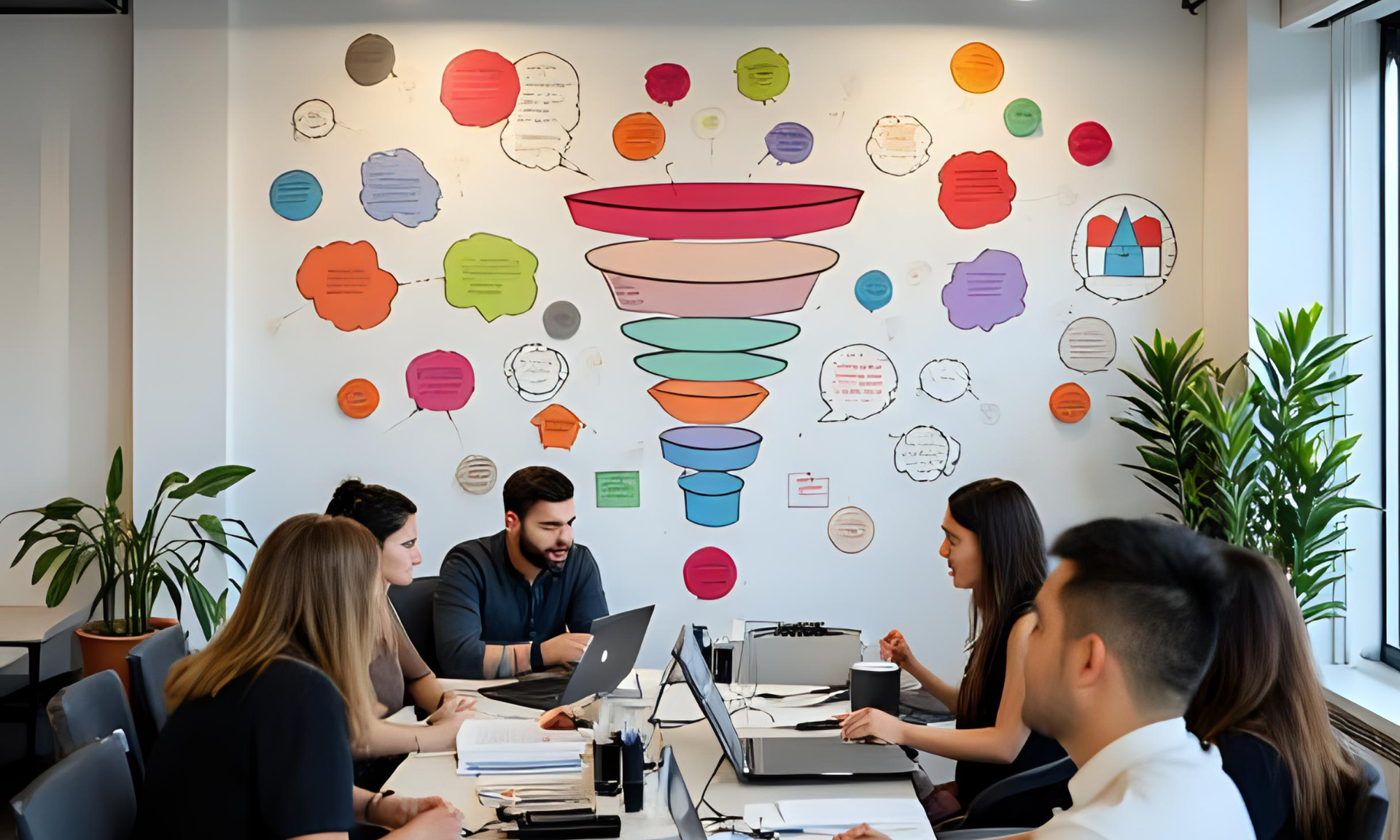VR Clothing and Virtual Wearables Transforming the Fashion Industry [2022]
How VR Clothing is Changing the Fashion Industry
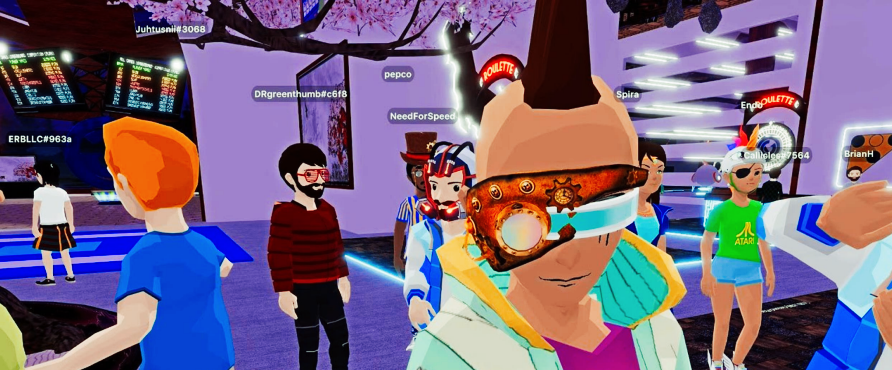
There's no doubt that virtual reality is changing the way we experience entertainment and communication. But what you may not know is that it's also changing the fashion industry. VR clothing and virtual wearables are transforming the way we buy, sell, and experience fashion.
In this blog post, we'll explore how VR is changing the fashion industry and what to expect in the future!
Table of Contents:
- Explaining What VR Clothing Is
- Benefits of VR Clothing for the Fashion Industry
- How Virtual Wearables Are Changing How We View Fashion
- Famous Brands That Have Adopted VR Clothing Technology
- The Future of VR Clothing and it's Impact on the Fashion Industry
What is VR Clothing?
Virtual reality clothing is virtual wearable items that is designed to be worn in a virtual reality environment such as the Metaverse. VR clothing is used to create the experience of wearing different types of clothing or accessories in a virtual world, and can be used for both aesthetic, virtually enhancing, and practical purposes.
What VR Clothing Can Be Used For
For example, VR clothing can be used to make a character look more prestigious for the in game experience that it is in, or to create additional functionality such as space in your in-game backpack or accessories you can utilize for perks such as skateboards, metaverse vehicles, or other gamified enhancements.
VR Clothing Creating an Immersive Reality
Virtual wearables can also be used to create an immersive experience by stimulating the senses of touch and smell. In the future, it is likely that virtual wearables will become increasingly popular as VR technology becomes more sophisticated and widely available.
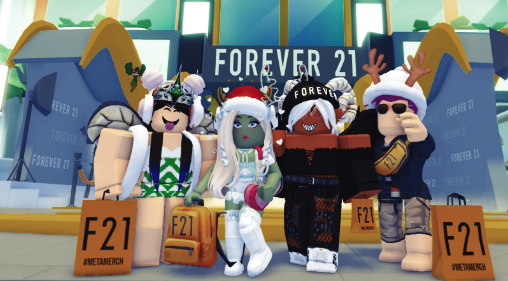
The Benefits of VR Clothing for the Fashion Industry
In the past few years, there has been a growing trend in the fashion industry towards virtual reality (VR) clothing. VR clothes are digital garments that can be worn in a virtual environment.
Practicality of VR Clothing
They are often used for gaming or other immersive experiences. However, they can also be used for more practical purposes, such as trying on clothes before buying them or seeing how an outfit looks in a different setting.
Trying On Clothes Virtually
VR clothes have many potential benefits for the fashion industry. For instance, they could help to cut down on returns and exchanges, as customers would be able to try on clothes virtually before purchasing them.
Fashion Experimentation
Additionally, VR clothes could allow people to experiment with different styles and colors without having to buy actual clothing items. This could lead to more people taking chances with their personal style and becoming more fashion-forward.
Reducing Your Carbon Footprint
Finally, VR clothes could provide a way for people to try on designer garments without having to travel to a physical store. In the future, it is likely that VR clothes will become increasingly popular and may even replace traditional clothing items altogether.
How Virtual Wearables Are Changing How We View Fashion
We are used to seeing fashion displayed on the runway or in magazines. But what if you could try on clothes without even leaving your house? Thanks to virtual reality, that is now possible. With virtual wearables, you can view clothes in 3D and get a realistic sense of how they would look and feel on your body.
Experimenting Fashion with Virtual Reality
You can also experiment with different styles and colors, without having to worry about what you look like in real life. As a result, virtual wearables are changing the way we view fashion. We no longer have to rely on traditional methods of display to see how clothing looks. Instead, we can experience fashion in a whole new way.
Famous Brands That Have Adopted Virtual Clothing Technology
Some of the world's most famous fashion brands have jumped on the virtual reality bandwagon and are now incorporating VR into their clothing lines.
Brands Using Virtual Wearables
Calvin Klein was one of the first brands to experiment with virtual wearables, debuting a line of VR-compatible jeans at New York Fashion Week in 2017. Since then, other major brands such as Ralph Lauren and Dolce & Gabbana have followed suit, incorporating VR technology into everything from t-shirts to suits.
While some designers have embraced VR clothing as a way to push the boundaries of fashion, others see it as a practical solution to the challenges of dressing for the digital age. With more and more people spending time in virtual worlds, it's only natural that our clothes should follow suit. Who knows? In a few years, VR clothing may be the new norm.
The Future of VR Clothing and it's Impact on the Fashion Industry
The future of VR clothing is still uncertain, but it has the potential to impact the fashion industry in a number of ways.
The Impact Virtual Wearables Will Have
First, it could change the way we shop for clothes. Instead of going to a store and trying on different outfits, you would be able to try on clothes virtually before making a purchase. This would allow you to get a better idea of how an outfit looks on you without having to actually wear it.
Additionally, VR clothing could also be used for creating custom-made clothes. You would be able to design your own clothes and have them made to order, where you ship your customer the physical version upon them completing their order. Reducing return rates.
Finally, VR clothing could also be used for advertising and marketing purposes. Brands would be able to create virtual fashion shows that you could attend from anywhere in the world.
VR clothing is still in its early stages, but it has the potential to change the way we think about fashion forever . It will be interesting to see how this technology develops over the next few years.
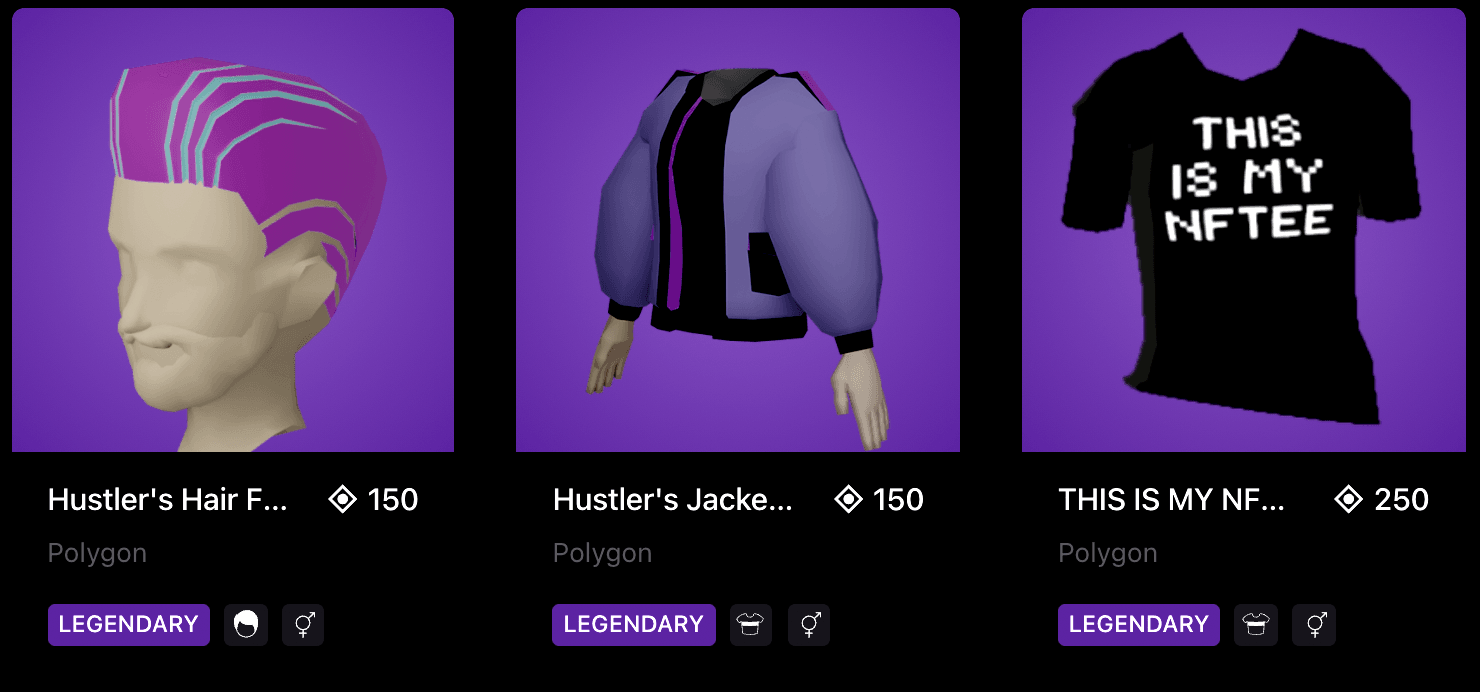
Concluding VR Wearables
Virtual wearables are the future of fashion, and we believe that they will change the way we view clothing altogether. We’ve seen some famous brands start to experiment with VR clothing in their designs, and it won’t be long before this trend catches on with the everyday consumer.
Bring Your Brand in the Metaverse
If you are a brand or business owner who wants to stay ahead of the curve, book a consultation with our team today. We would be more than happy to answer any questions you have and give you a behind-the-scenes look at how virtual reality is impacting one of the world’s oldest industries.
Recapping The Article:
1. What VR clothing is and how it works
2. The benefits of VR clothing for the fashion industry
3. How virtual wearables are changing the way we view fashion
4. Some famous brands that have started using VR clothing in their designs
5. The future of VR clothing and how it will impact the fashion industry













